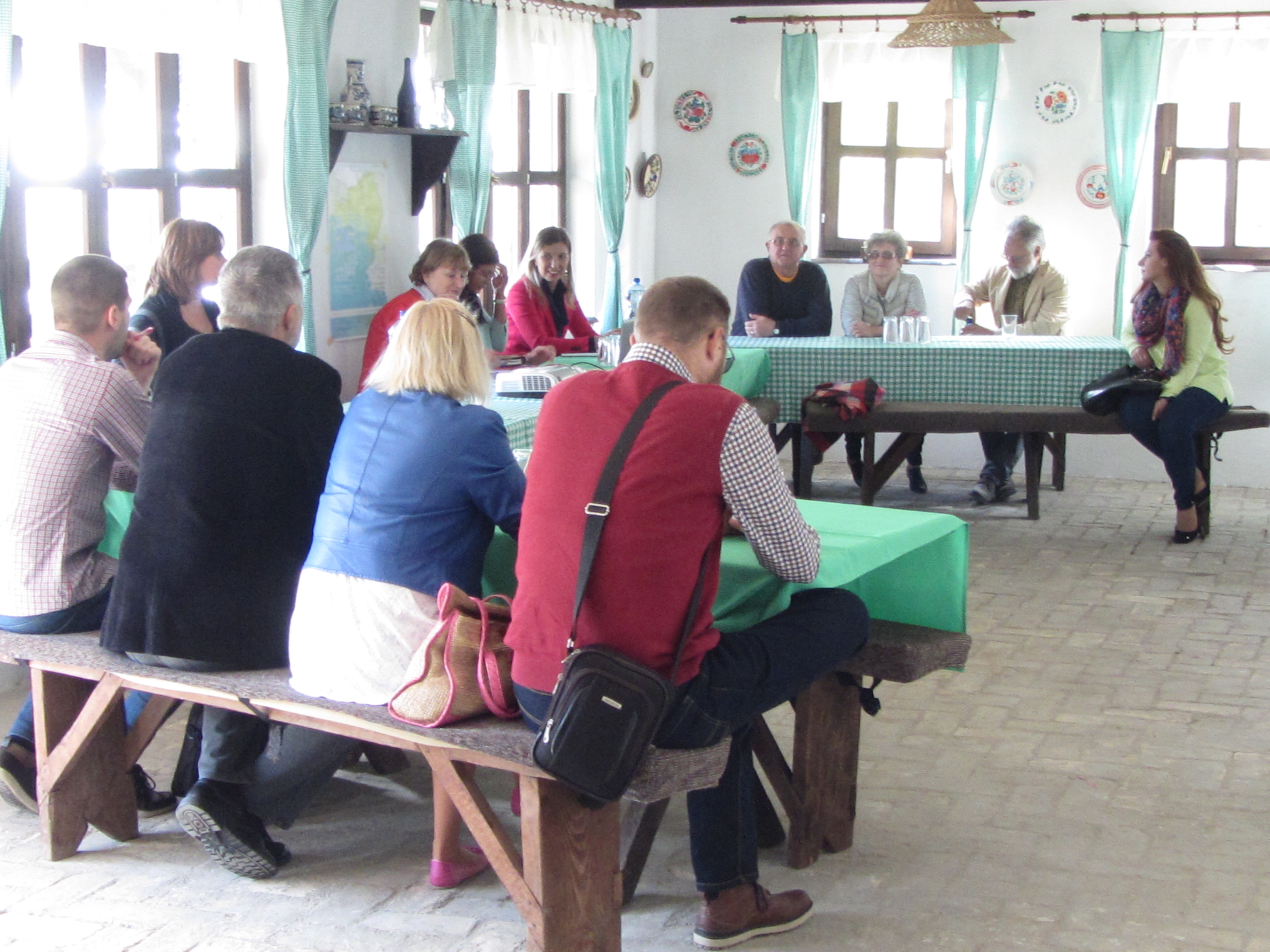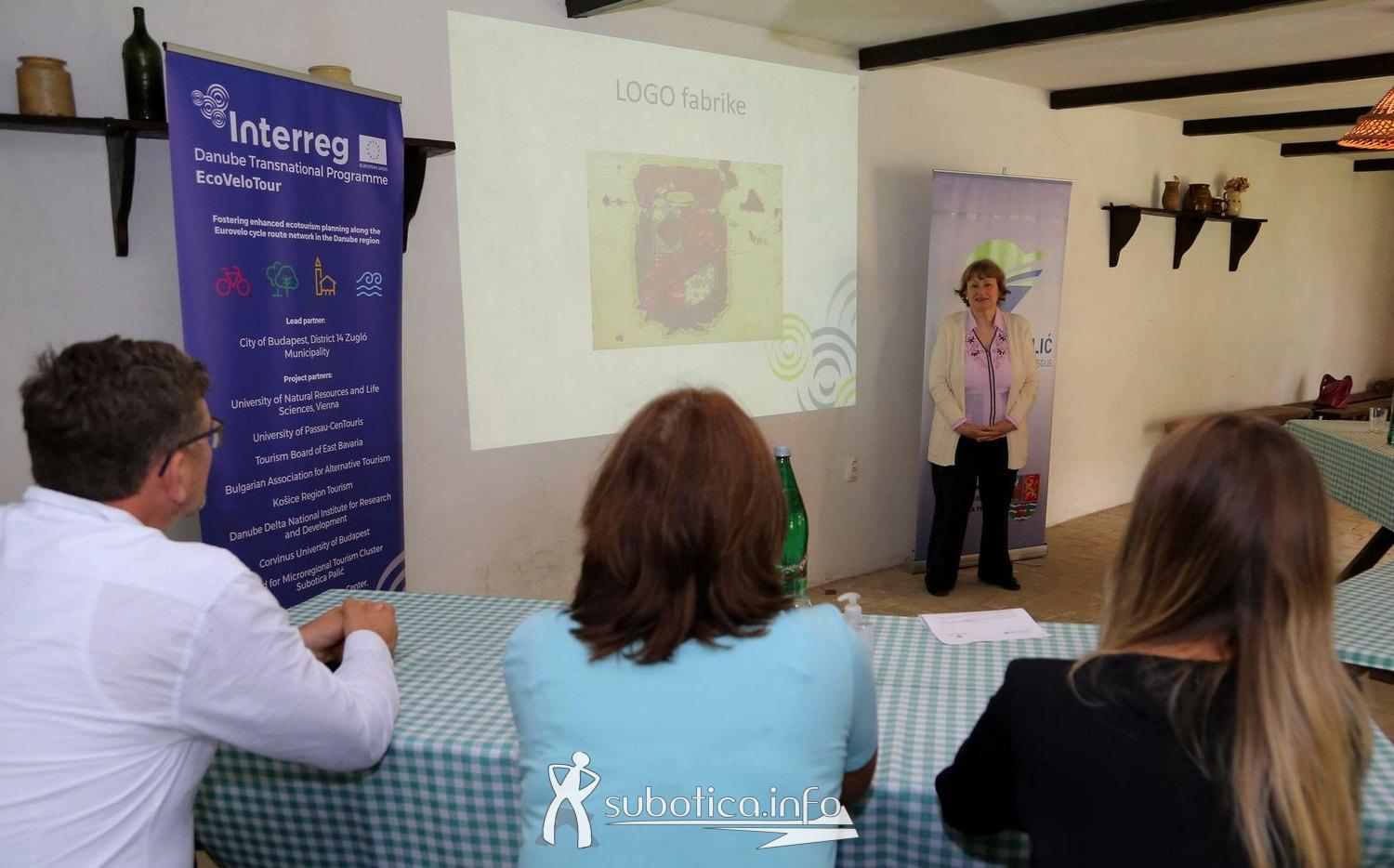EcoVeloTour - CTS has completed the STRATEGY OF ECO-CYCLING TOURISM DEVELOPMENT
09-03-2021
During the development of the Strategy, we have first prepared the TOR and the content that the strategy should include, then we have introduced it to potential bidders for the development of the strategy and talked to experts in eco and cycling tourism. During the preparation of the strategy, the project team was involved in certain phases of development. The SWOT analysis was made at the workshop, attended by stakeholders, experts, project team and the selected bidder for the development of the strategy. All issues and topics from the strategy were discussed at this meeting. The conclusion was that the strategy should include all important elements, it should become a basis for further research, for information for the development of eco and cycling tourism, for tourism entities that will participate in preparing offer of these types of tourism. Information and data were used from secondary sources, except for images that were specially taken and maps specially created for this strategy.

Both guidelines (here and here) provided a guide on how to approach the development of the strategy and on the other hand how significant progress has been made by our partners in the construction of bicycle paths for safe cycling. During cycling, the biodiversity resource is exceptional for tourism valorisation and the integration of eco-tourism and cycling tourism, as the essence of the project.
Information, interviews and photos from the opening of the resting area with a bird observatory were published. The opening of the resting area was attended by the Deputy Mayor, stakeholders, experts, contractor, architect, project team members and members from the cultural associations. Our strategy will be of interest to local governments for the development of their cycling projects in the future.

Most important findings and conclusions:
1. Organise parts of local tours according to the types of bicycles (because not all visitors are equally fit, nor they are led by adrenaline), so local tours and the entire route must be attractive for different groups.
2. Win-Win combination is a road bike + vintage bike. The use of road bikes is growing towards luxury models, according to higher purchasing power of visitors, so that is the segment of users that should be counted on.
3. Mark important service points along the tour, where possible with pictograms.
4. Creatively valorise myths and interesting historical facts, use them to tell stories at a rest area or when a group is stopping at a destination, told by a guide.
5. Well-identified variants of eco-cyclo local tours with accompanying services can become a factor of local industry over time. The development of these types of tourism is a good base for a society that cares about sustainability, inclusivity, tradition.
6. It is recommended to connect important stakeholders, PC Palić-Ludaš, Riapria Association, Mountaineering Club “Spartak” in enriching eco-cyclo events and integrating these two types of tourism.
7. Set up various info boards at the Rest Place: about biodiversity rarities, information needed and important to eco-cyclo tourists, maps showing tours.
8. Use pictograms where important information needs to be given.
9. Develop house rules for the behaviour of users at the rest area and about the use of rest area infrastructure.
10. Monitor the satisfaction of users of eco-cyclo tourist services, at the rest area.
11. Rest Place should become an important meeting point for users and service providers, a point where all important information is obtained, where continuous internal statistics are kept on the number of users and their satisfaction, where innovations for tour development come from.
12. The micro-location has excellent resources for the development of eco-cycling tourism, it is recommended to connect with other micro-regions in the country and abroad.
13. It is recommended to accommodation facilities, for easier identification, to emphasize the “bike friendly” services in their promotion and place such a note in front of their facility.
14. Get the local population acquainted with the eco-cyclo resources in the micro-region and start trainings.

